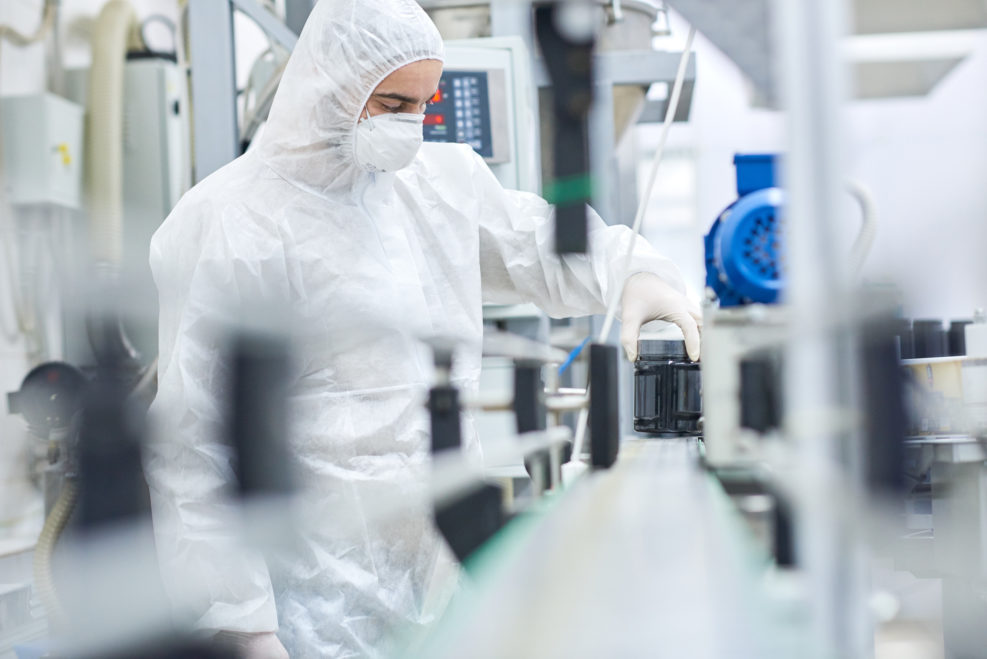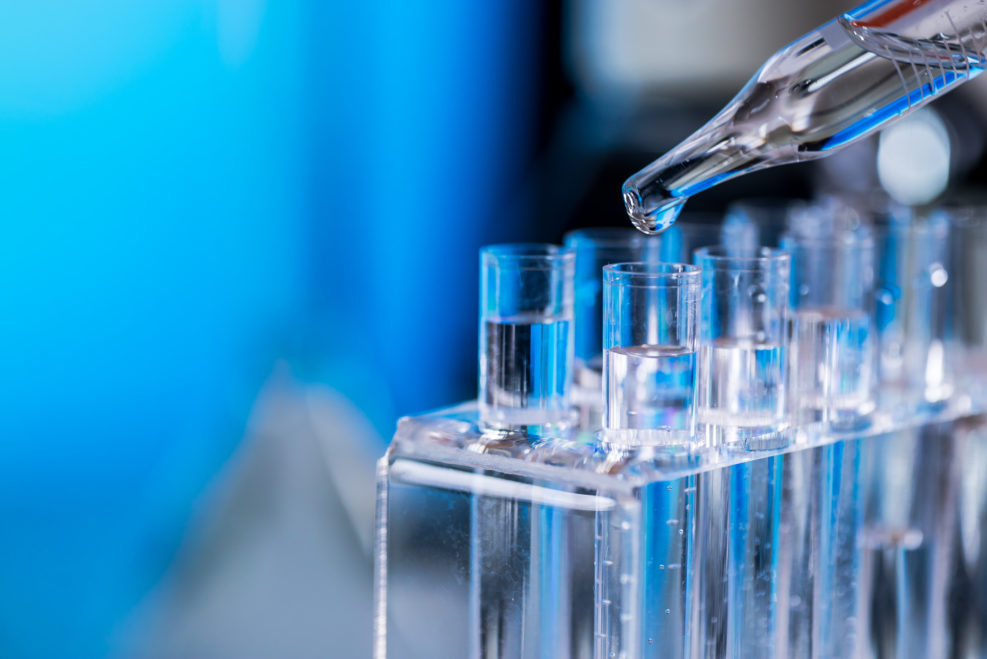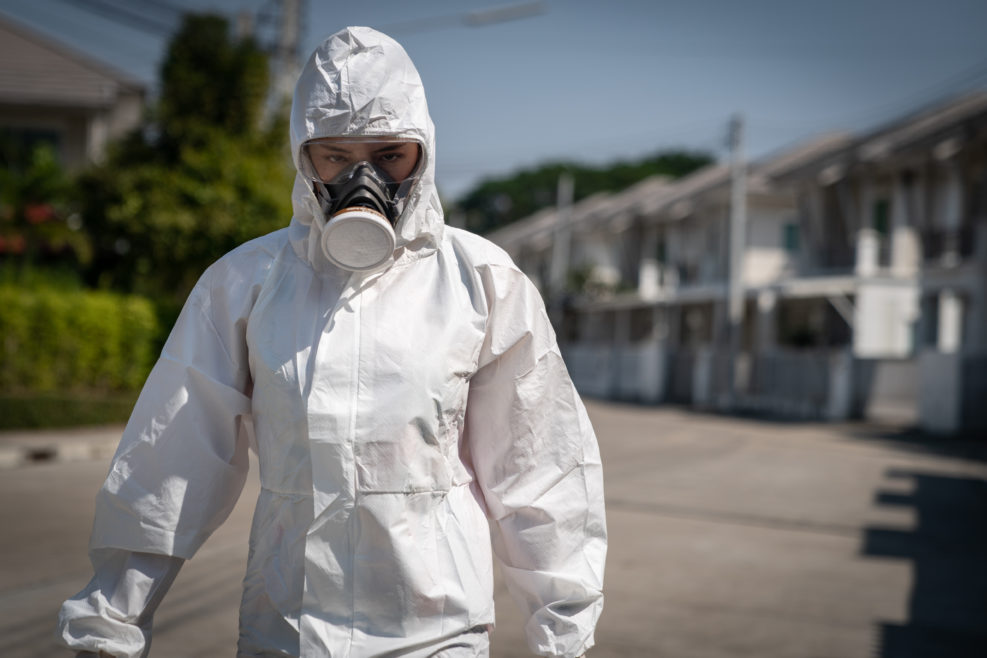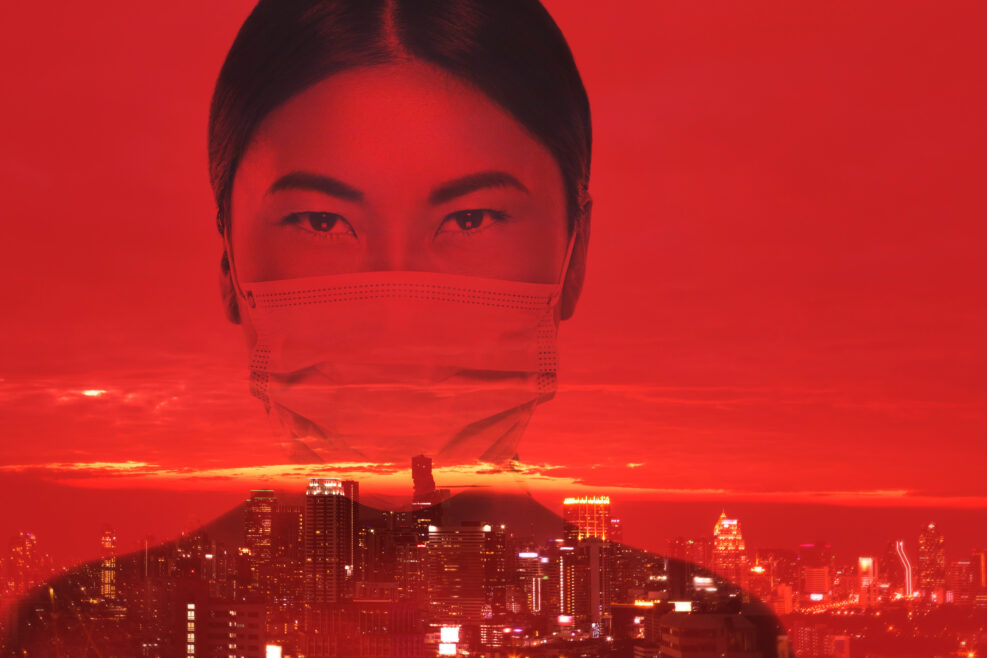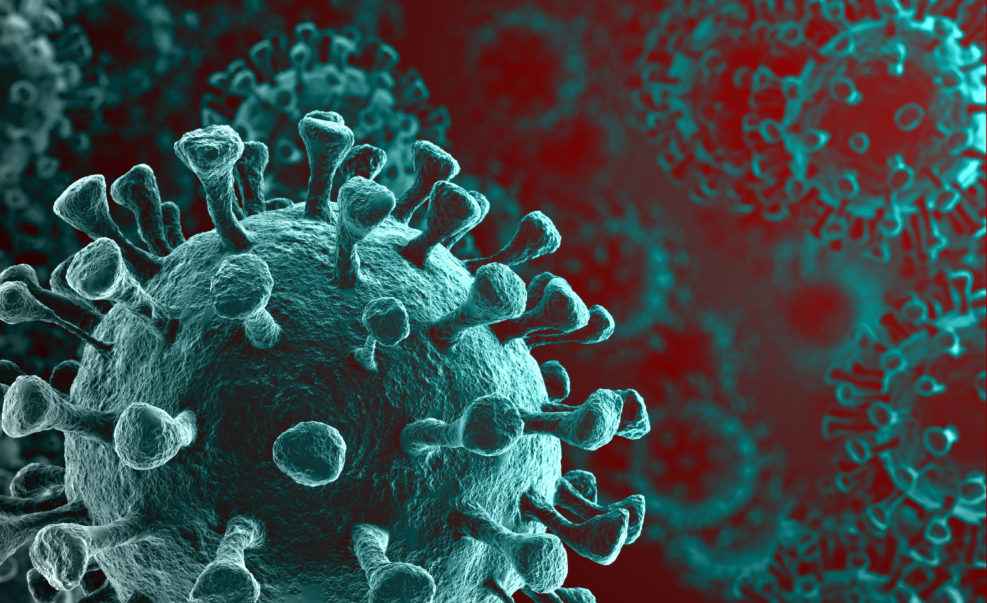
COVID-19’s Origins: Uses and Misuses of the Explanatory Filter
How a critic of intelligent design theory misunderstands the application of design inferenceLast year in July a prominent critic of intelligent design theory, Dr. Adam Shapiro, took the Discovery Institute to task for not debunking the lab origin theory. He says, Behe seems to miss an opportunity to demonstrate that intelligent design theory shows how those pathways are not irreducible complex. Adam Shapiro, “Did Intelligent Design Just Miss Its Corona Moment?” at American Scientist and, How better to demonstrate its own apolitical nature than to apply its scientific process to debunk the Chinese lab myth? Adam Shapiro, “Did Intelligent Design Just Miss Its Corona Moment?” at American Scientist First of all, this is a fundamental misunderstanding of ID. ID theory is only resilient against false positives, not false negatives, as Dr. Ewert Read More ›
